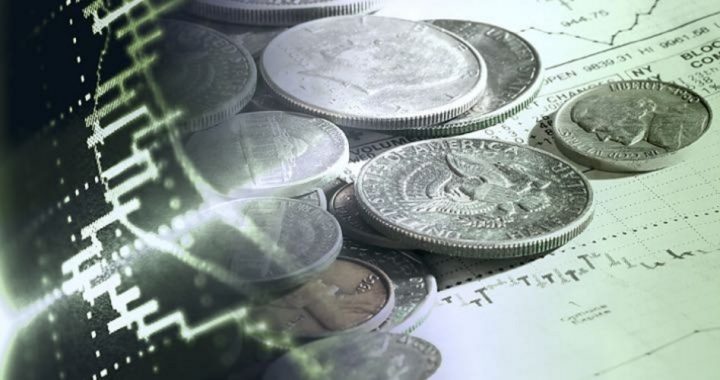
At the moment, Wall Street investors are enjoying a “Goldilocks” economy: not so hot that it pushes prices up and not so cold that it causes a recession. Translation: Unemployment is low, wages are rising, interest rates are still near record lows, the gross domestic product (GDP) continues to grow (although not as fast as President Trump would like), and inflation is under control.
It isn’t a perfect world, but to Wall Street investors it’s close. Add in earnings that are coming out this week, expected to exceed six-percent gains compared to a year ago, and expectations that the president will succeed in breaking the logjam in Washington and begin to accomplish some of his policy objectives, and one has to wonder: just how high can the stock market go before it starts coming down?
The Dow Jones Industrial Average (DJIA) has set multiple records this year, notching its 21st 100-point rally on Wednesday to close at an all-time high of 21,532. As this is being written, the Dow is 20 points higher than that.
The S&P 500 Index — which measures the price performance of 500 stocks — has set 42 new highs this year, and is likely to set another one today.
And such highs are making some forecasters nervous.
When forecasters get acrophobia, they justify their fear of heights and issue warnings to others not similarly afflicted. Ryan Detrick, a senior market strategist for the LPL brokerage firm, suffers from such a phobia, and warned his investors on Wednesday:
This is only the sixth time since 1950 that the S&P 500 has made it at least a year without so much as a 5% correction, and [that] marks the longest streak since 1995….
To put things into perspective, going back to 1950, the average intra-year correction for the S&P 500 has been 13.6%, and 91% of all years have had at least [one] 5% correction, while nearly 54% of all years [since 1950] pulled back at least 10%.
In other words, history suggests we’ll likely see that 5% correction before the year is over.
So strong has the stock market’s performance been that, if Detrick is right, the Dow would fall more than 1,000 points. But that would only bring the Dow back to where it was in the middle of February. Big deal.
One needs only look behind the averages to see whether Wall Street is getting ahead of itself, whether it’s celebrating too far in advance, and whether its expectations are unreasonable.
One indicator often ignored is that proxy for the economy provided by a single company, the world’s largest retailer, Walmart. With nearly 12,000 stores worldwide employing 2.3 million employees and generating annual revenues approaching half a trillion dollars, the company’s stock price performance is notable. Since the election it has jumped 30 percent.
But more telling is how it has done since October 2007, at the beginning of the Great Recession. Walmart stock hit a low of $44 a share on October 1, 2007. In the nearly 10 years since that date, it has jumped by 70 percent, trading today at $75. As a proxy for the economy, Walmart’s stock’s performance tells the story of strength, expansion, and continued profitability.
It wasn’t a straight line from 2007 to the present, however. It’s instructive also to note that on January 1, 2015, Walmart stock was selling at $87 share while on November 1, just 10 months later, it was selling at $59, a breathtaking decline of more than 30 percent.
Wall Street performance is always a mixture of hope and fear, ever “climbing a wall of worry.” Although the world is facing an enormous unserviceable amount of debt and there is trouble in the Middle East and warmongering over North Korea, Wall Street has so far been able to shake off those worries and concerns.
There is one indicator, however, that could interrupt the markets’ continued reach for new highs. During a question-and-answer period following her talk at the British Academy in London on June 27, Federal Reserve Chair Janet Yellen was asked if there could possibly be a repeat of the 2007-2008 financial crisis. She answered:
I think the system is much safer and much sounder [today]. We are doing a lot more to try to look for financial stability risks that may not be immediately apparent, but to look in corners of the financial system that are not subject to regulation, outside those areas in order to try to detect threats to financial stability that may be emerging….
Would I say there will never, ever be another financial crisis? You know probably that would be going too far but I do think we’re much safer and I hope that it will not be in our lifetimes and I don’t believe it will be.
Historians will remember similar assurances from then-Fed Chairman Ben Bernanke just before the real estate crash that led to the financial crisis back in 2007:
At this juncture, the impact on the broader economy and financial markets of the problems in the subprime market seems likely to be contained. — Fed chairman, Ben Bernanke, congressional testimony, March 2007
An Ivy League graduate and former investment advisor, Bob is a regular contributor to The New American magazine and blogs frequently at LightFromTheRight.com, primarily on economics and politics. He can be reached at [email protected].



